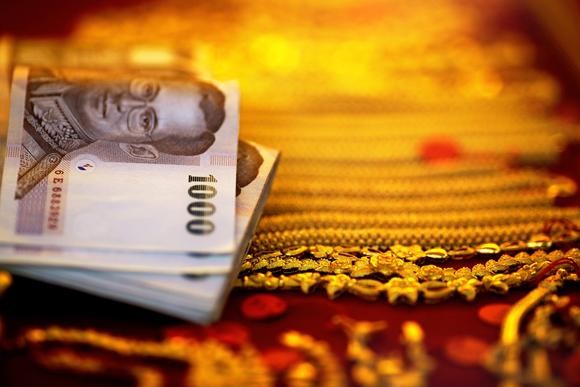Southeast Asian economies 20 years after financial crisis
Thu Hoa -
(VOVWORLD) - 20 years after the financial crisis of 1997, which began with a devaluation of the Thai Bhath, Southeast Asian countries are making efforts to prevent a recurrence of a similar crisis.
 Thai baht notes. Regional efforts to promote financial stability have paid off. Thai baht notes. Regional efforts to promote financial stability have paid off. |
Indonesia, Malaysia, and Thailand have for two decades witnessed an impressive economic recovery. Problems that caused the previous crisis have been damped, but fresh risks emerge, including real estate bubbles, wealth inequalities, and the domino effect from China.
Economic expansion has taken a step down from the double-digit or higher rates notched in the 1990s, but the collapse some have feared has not happened. Indonesia and Malaysia have posted close to or above 5 per cent GDP growth annually since 2000. Thailand has been more volatile because of a long political power struggle, triggered by a 2006 military coup.
The Southeast Asian countries saw the substantial increase in their foreign exchange reserves. Malaysia’s have dipped in the past few years, but at the end of last year they still stood at more than three times their level at the close of 1996 — a rise of 6 percentage points as a proportion of GDP. Policymakers, executives and analysts say the regional corporate sector has a lower stock of dollar-denominated debt now than in 1997.
Indonesia’s stock market has grown sharply to stand more than eight times higher than it was 20 years previously. Malaysia’s stock market climbed 58 per cent, but Thailand’s SET index is lower now than it was in early 1994 at the height of the boom.
According to the Financial Times, the prospects of another financial crisis are lower these days — but so is the likelihood of a return to the tiger-era growth that preceded it.
Thu Hoa